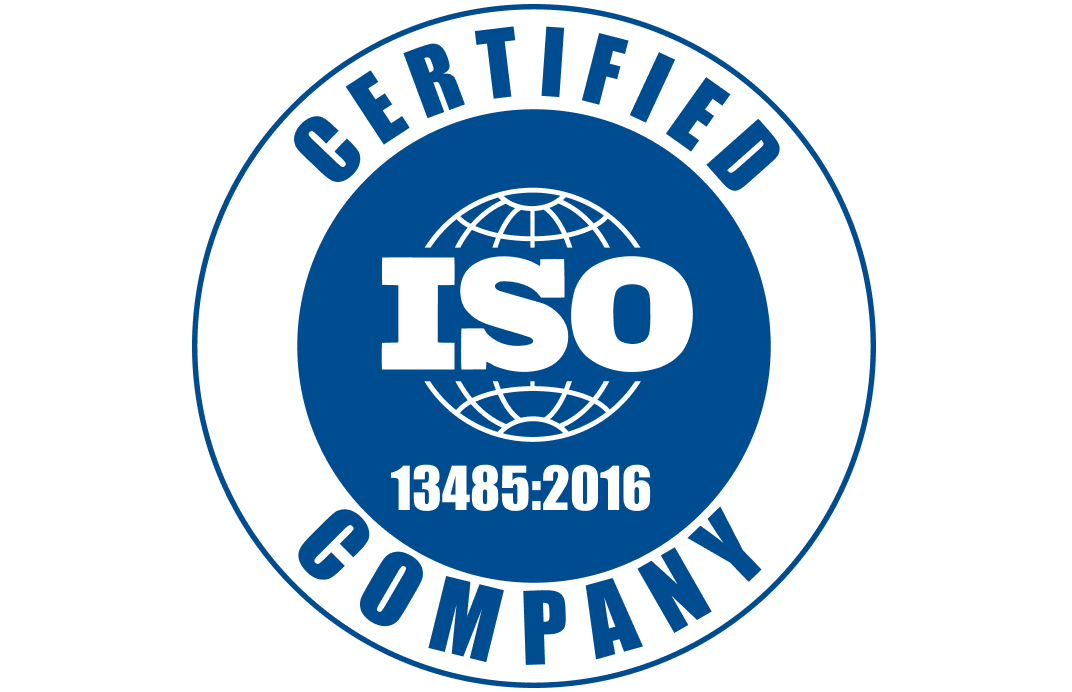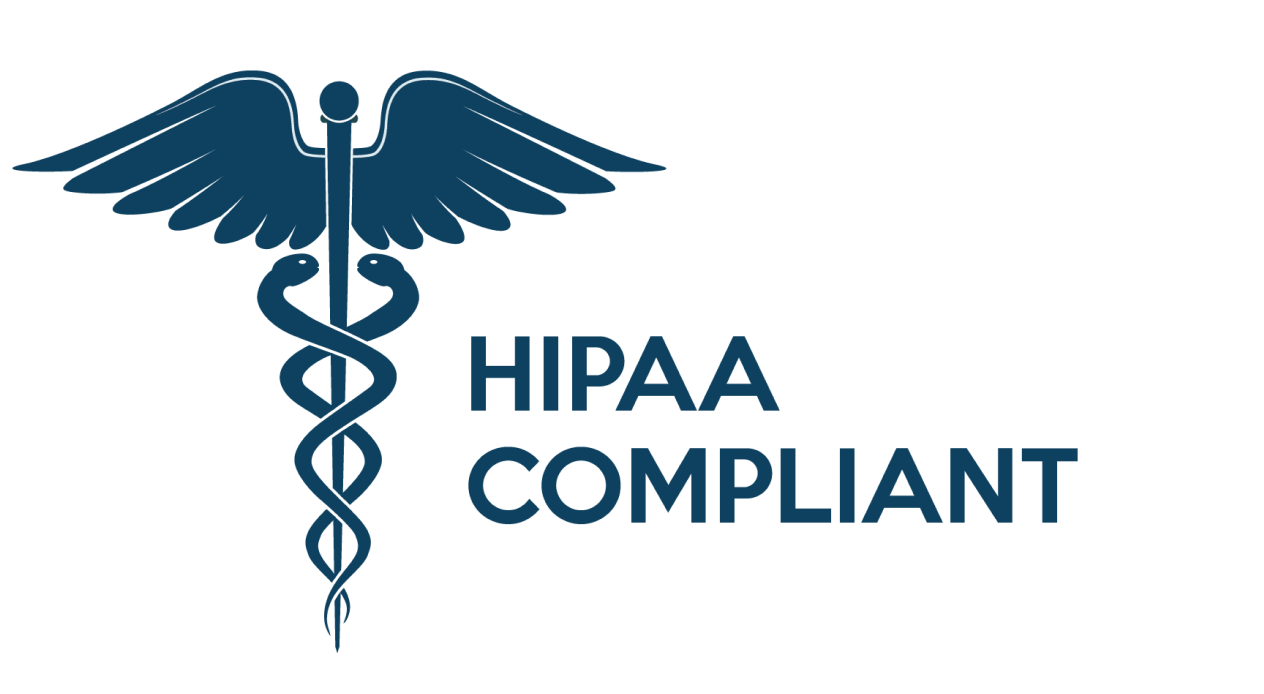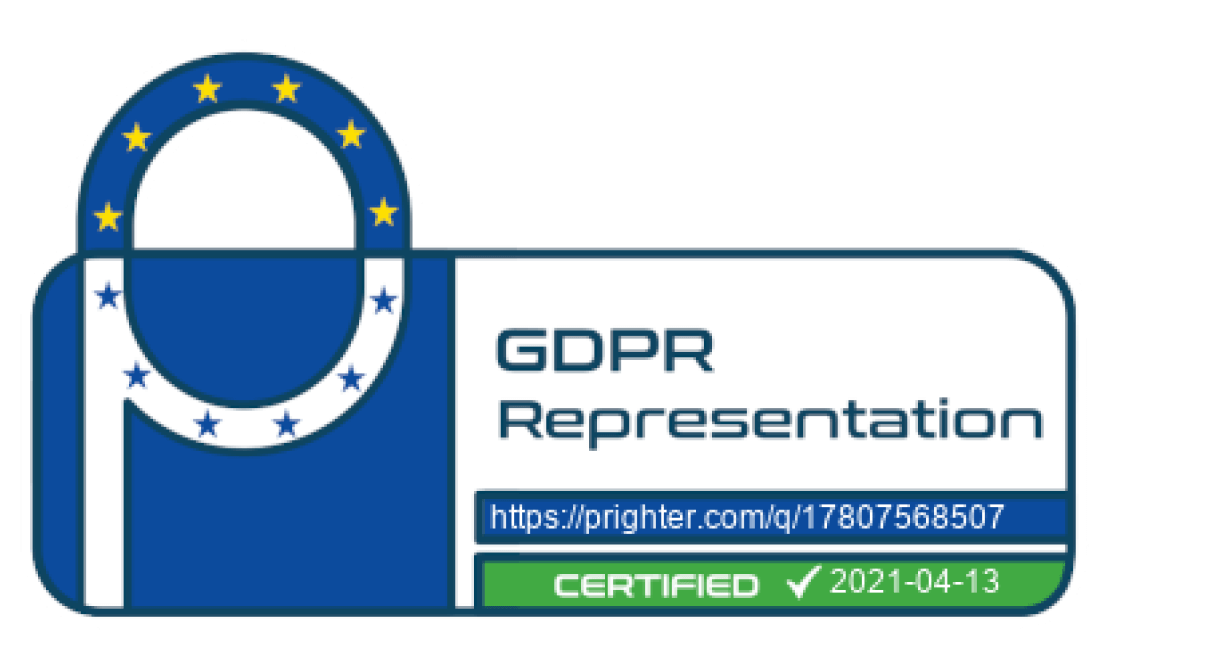Personalized Medicine: the Return of the Home Doctor?
My father, who would have celebrated his 100th birthday this year, was a very successful internist. . He treated and saved the lives of numerous patients in clinics and at homes. In communist Romania, where he practiced for 50 years, he didn’t have access to advanced technology, and neither had nor touched a computer. The most advanced tool he used was a sophisticated stethoscope that a friend sent him from Paris, and he was very proud of it. It was the healthcare “high-tech” of the 80s. Still, he managed to successfully treat thousands of patients for years.
I credit a large part of his success to the breadth of knowledge he carried about each patient. He took a holistic approach to understanding the wellbeing of his patients and collected as much information about them as he could—their facial expressions, the shape of their nails (yes, problems in the liver, lungs, and heart can show up in your nails), the color of their scleras, the changes in their voices– analyzing it all with his brilliant mind, molded by years of experience as a human being and doctor.
Over the years, many patients became his friends, and an incident with one of them, Beatrice, left a lasting impression on me. Beatrice traveled to a well-developed western country to visit her son. There, following what seemed to be a harsh cold, she was diagnosed with lung cancer. She called my father in despair and over the phone, he helped her relax and instructed her to take some anti-pneumonia medication, enjoy the rest of her stay, and visit him when she returned to Romania. Don’t worry,» he said, «I’ve known your health for years; you don’t have cancer, I promise you!» Upon her return, she visited my father, who confirmed that she indeed had nothing more than a case of pneumonia. She treated it, lived a long and happy life, and even outlived my father.
Aside from the wealthy few who can afford to access this level of care, patients today are not privy to such holistic, personalized care. The world’s population is too big and medical staff too scarce for caretakers to be able to track the health and wellbeing of patients in such detail. Instead, patients often find themselves in medical examinations that last no longer than 10 minutes only to be sent to a specialist with no prior knowledge of the patient or their health. Without a single doctor to manage their health from a holistic standpoint, patients are left clueless about how to proceed and often resort to simply neglecting their health issues for years.
How can patients access holisitc, personalized care? How can patients monitor their health on a consistent basis and be alerted to red flags when they arise?
Believe it or not, I firmly believe technology can help fill this gap. Numerous devices and health monitoring technologies that help patients keep detailed records of their health are available today. Wearables and mobile apps are just two examples of technologies that track the steps we take, the food we eat, the hours we sleep, the pace of our heartbeats, the color of our scleras, the sound of our voices, and the expressions on our faces.
Imagine patients could regularly conduct health scans using their smartphone or laptop and have the results of this scan sent to health providers, where health data could be stored and analyzed automatically. Patients could receive weekly health scores that identify health abnormalities and notify them when it’s time for a doctor’s visit, while caregivers are simultaneously alerted to patients’ scores. This data could be collected and analyzed from birth, enabling machines to learn individual baselines and identify irregularities.
Home care assessments can be made by doctors anywhere using tools that can enable them to remotely access the recorded health parameters of their patients so that patients can receive treatment from the comfort of their own homes. This wealth of data can be analyzed on an ongoing basis to provide timely personalized treatment and care and prevent the onset or progression of diseases.
Sounds like science fiction? Maybe, but this vision isn’t too far from the current reality. Diseases associated with the heart and lungs are among the leading causes of death worldwide. The ability to measure heart rate, blood pressure and respiration rate is already available from wearables and smartphones, and the capacity for all this data to be automatically collected, analyzed, and scanned for health issues is just around the corner.
The collection and analysis of health data for holistic, personalized care will, of course, need to be done under strict privacy regulations. Regulatory bodies will need to ensure that patients authorize the use of their data and that the data is used appropriately, to the full benefit of patients.
I once read that what makes a good doctor is passion, knowledge and empathy. Today, technology has not only increased knowledge exponentially but is giving doctors worldwide more free time to use their passion and empathy to the benefit of their patients, no matter where their patients are. Health data, if used properly, coupled with novel technologies can pave the way back to personalized, holistic care with more detail and understanding than ever before.
Binah.ai’s Video Based Health Monitoring From a Smartphone or Laptop
Binah.ai Health Data Platform, available as an incredibly easy-to-integrate SDK or a ready-to-use app allows the extraction of a wealth of health parameters, including heart rate, heart rate variability (HRV SDNN and RRI raw data), oxygen saturation, respiration rate, parasympathetic activity, sympathetic stress and mental stress levels from a smartphone, tablet or laptop, just by having the user look at the device’s camera. Binah.ai’s remote vital signs monitoring supports iOS and Android mobile devices and Windows 10 desktops and laptops.

 close
close





